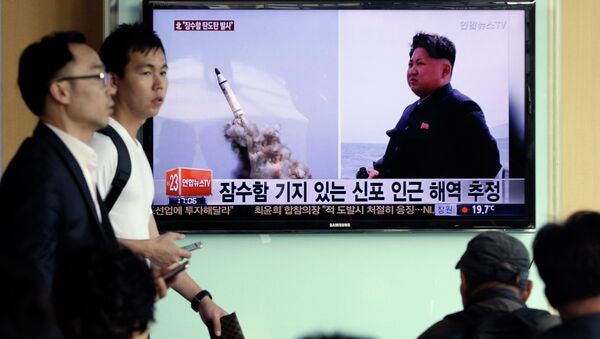WASHINGTON (Sputnik) — Earnest added that Washington however, has a "variety of anti-ballistic capabilities" in the Asia Pacific region, including radar systems in Japan to counter North Korea’s anti-ballistic missile program, naval resources in the Pacific Ocean, as well as the deployment of additional resources to Alaska that the United States had been "ramping up" over the last several years.
"At this point, there have been no discussions or consultations with the South Korean's about the deployment a…defensive anti-ballistic missile capability," Earnest said.
On Wednesday, Pyongyang reportedly carried out its first hydrogen bomb test. The international community responded by condemning the alleged test as provocative, and undermining stability in the region.
Following the reports, the Obama administration confirmed that North Korea conducted a nuclear test, but said they were skeptical that Pyongyang in fact tested a hydrogen bomb.
In recent years, the United States has expanded the development and deployment of ballistic missile defense systems following its 2002 withdrawal from the Anti-Ballistic Missile (ABM) Treaty. The Pentagon announced in April 2015, it would locate 60 percent of its military fleet to the Pacific-Indian Ocean area, including warships fitted with Aegis ballistic missile defense systems.




